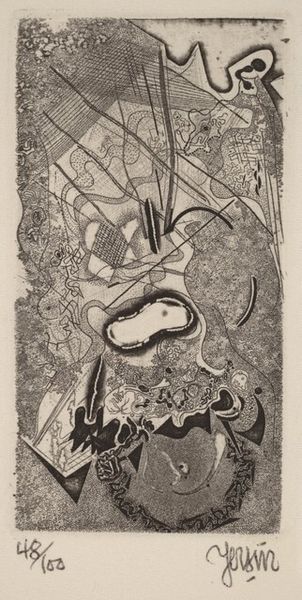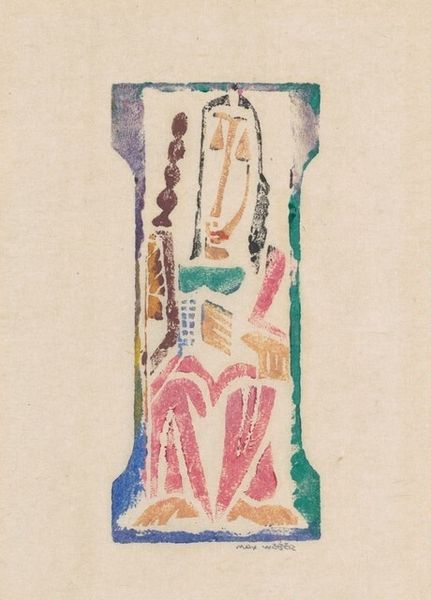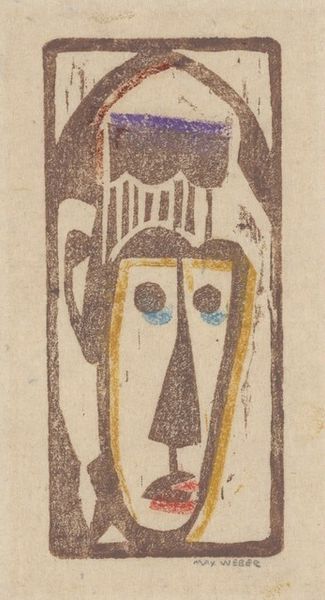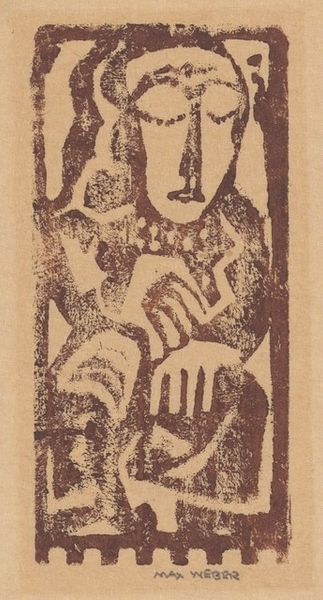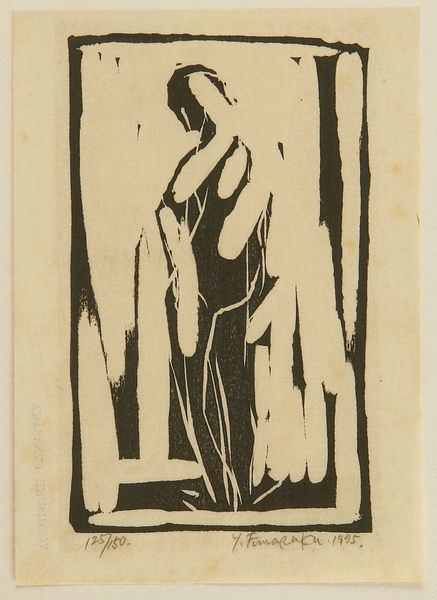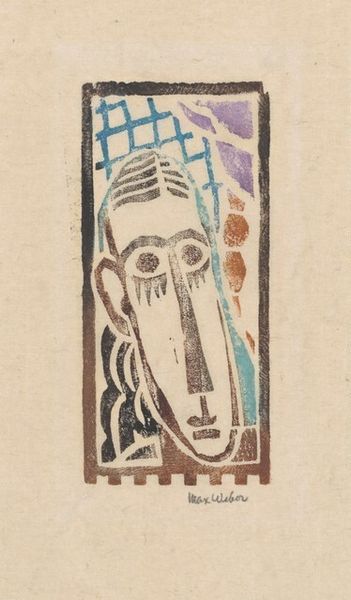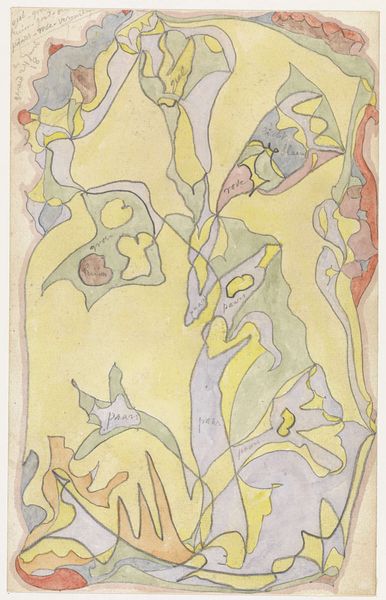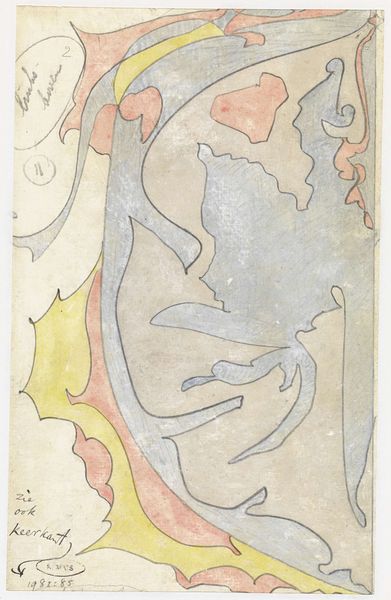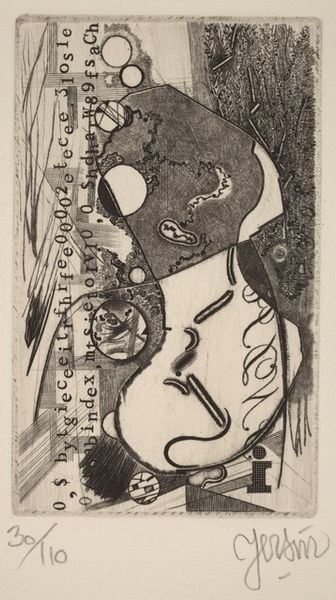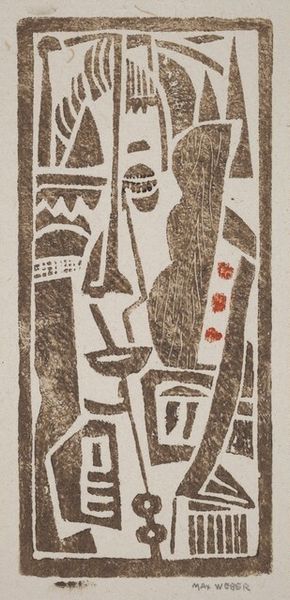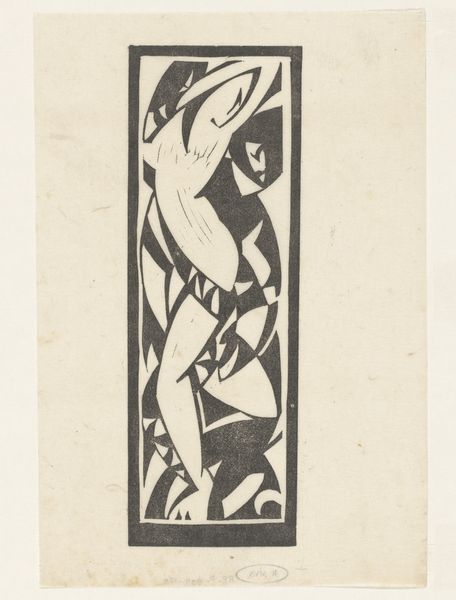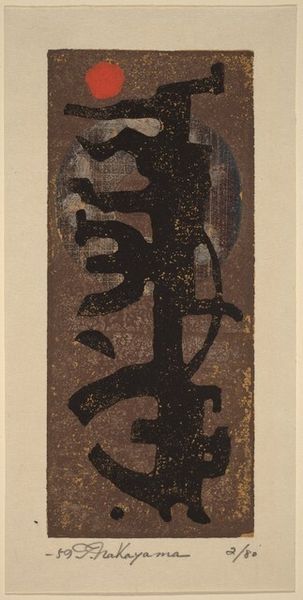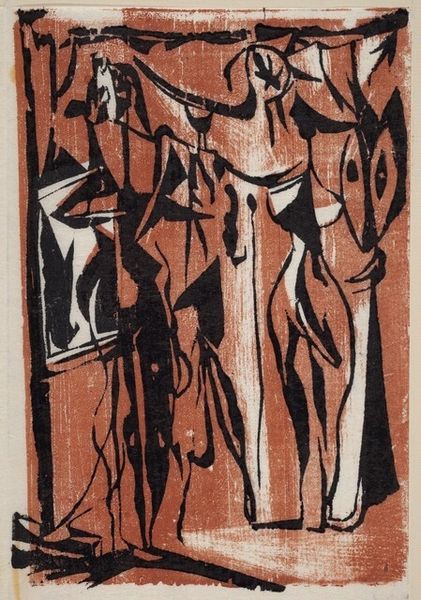
print, paper, ink
#
portrait
#
ink painting
# print
#
paper
#
ink
#
coloured pencil
#
group-portraits
#
expressionism
#
abstraction
Dimensions: image: 10.8 x 4.8 cm (4 1/4 x 1 7/8 in.) sheet: 23.8 x 16.5 cm (9 3/8 x 6 1/2 in.)
Copyright: National Gallery of Art: CC0 1.0
Curator: Immediately, the muted palette and the stark geometry give it a rather haunting feel, wouldn’t you say? A certain sense of melancholic detachment permeates the entire composition. Editor: Indeed. What strikes me initially is its angularity. We're looking at "Two Figures," a print created by Max Weber between 1919 and 1920, rendered in ink on paper. The style veers toward Expressionism, with evident abstraction. Curator: The influence of Cubism is palpable. See how the forms are fragmented and reassembled? It disrupts traditional perspective and creates a multi-dimensional reading of the subjects. The lines are intentionally jarring; they create tension and unease. Editor: Considering the socio-political context is key here. Weber made this work shortly after World War I. The fractured forms and somber tones perhaps reflect the fragmentation and trauma experienced by society during that period. The emotional and psychological impact of the war cannot be understated in influencing artists of the time. Curator: A crucial point. The limited use of color—subtle touches of red, green, and purple—only heightens the sense of austerity. Observe how those restrained colors serve to draw our focus to specific elements, like the hands, perhaps suggesting the significance of labor or human connection amidst the turmoil. Editor: Also, look at the figures themselves. Their faces are largely devoid of individualizing features. This anonymity could represent the dehumanizing effect of war, the reduction of individuals to mere statistics or cogs in a larger machine. Or maybe it represents the immigrant experience in New York, which Weber would certainly know a lot about. Curator: Certainly a relevant angle. I also find it fascinating how the print medium itself contributes to the work’s message. The slightly rough texture and visible imperfections, a natural consequence of the printing process, emphasize the raw, unfiltered nature of the depicted emotions. Editor: I think analyzing Weber's "Two Figures" helps us consider how social and political upheavals can be refracted through an artistic lens, prompting both artist and audience to confront difficult realities. Curator: Precisely, and its aesthetic rigor allows us to delve into universal themes of human experience via formal, symbolic means.
Comments
No comments
Be the first to comment and join the conversation on the ultimate creative platform.
